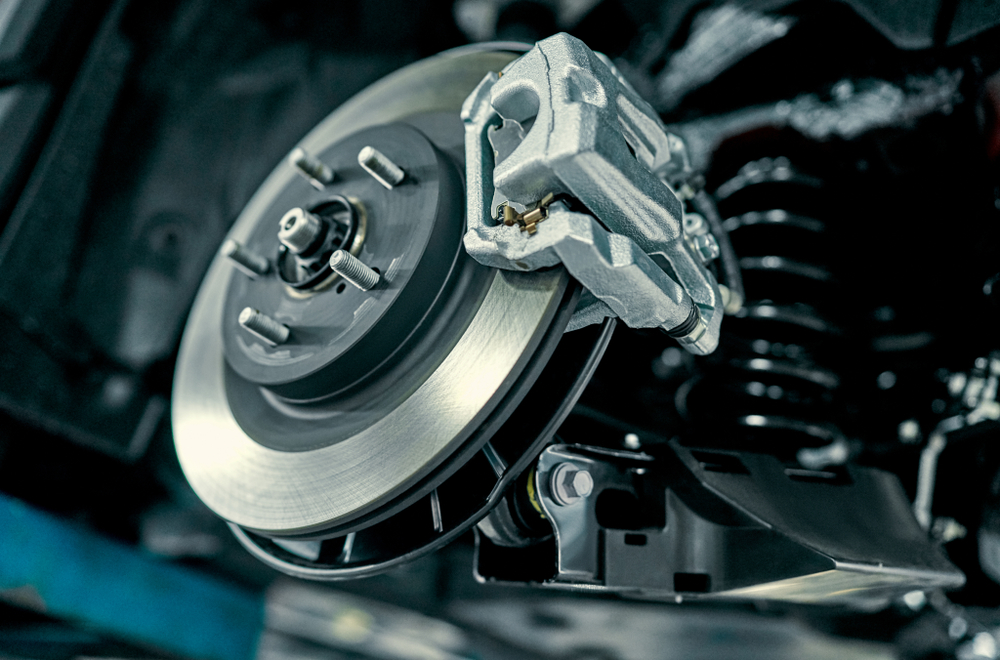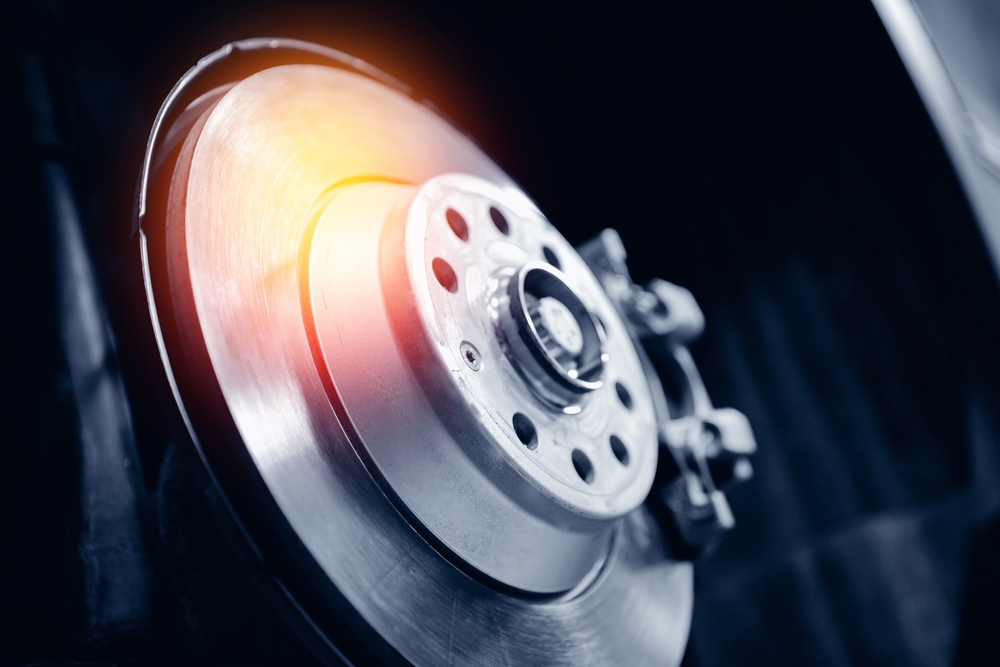The Importance of Custom Brake Systems for Off-Road and Performance Vehicles
Off-roading and high-performance driving demand much more from a vehicle than standard street use. While most enthusiasts focus on horsepower, suspension, and tire upgrades, one of the most critical components often overlooked is the braking system. Custom brake systems offer superior stopping power, enhanced durability, and improved control, making them an essential upgrade for those who push their vehicles beyond everyday driving conditions. Whether you are navigating rocky trails in a Jeep or accelerating through high-speed corners on a racetrack, a well-designed braking system ensures safety and maximized performance.
Understanding the Unique Demands of Off-Road and Performance Vehicles
Off-road and performance vehicles operate under extreme conditions that require braking systems designed for specialized use. Off-road brakes must handle dirt, mud, water, and steep descents while maintaining consistent braking force. Performance vehicles, on the other hand, require brakes that can withstand high speeds, sudden stops, and prolonged use without overheating. Stock braking systems are often inadequate for these intense applications, leading to brake fade, overheating, and even failure when pushed beyond their limits. Custom brake systems address these challenges by incorporating high-quality materials, improved cooling mechanisms, and larger brake components for increased stopping power.
Jeeps and other off-road vehicles face unique braking challenges due to the additional weight from heavy-duty tires, steel bumpers, winches, and other modifications. Jeep brake upgrades typically include larger rotors, high-friction brake pads, and reinforced calipers to accommodate the increased load. Similarly, performance cars benefit from upgraded braking systems that reduce stopping distances and improve pedal response, enhancing driver confidence during aggressive driving.
Key Components of Custom Brake Systems
A well-designed custom brake system includes several essential components that work together to provide maximum braking efficiency. Brake rotors, also known as discs, play a crucial role in dissipating heat and providing surface friction for braking. Performance-oriented rotors often feature cross-drilled or slotted designs that improve heat dissipation and reduce the risk of brake fade. In off-road applications, rotors must be resistant to debris buildup and capable of handling extreme temperature fluctuations.
Brake pads are another critical component, with different formulations designed for specific driving conditions. Performance braking requires high-friction pads that provide immediate stopping power, while off-road brakes benefit from pads that resist contamination from mud and water. High-quality ceramic or metallic compounds enhance durability and braking consistency.
Calipers, which house the brake pads and apply pressure to the rotors, also play a significant role in braking performance. Multi-piston calipers provide more even pressure distribution, resulting in better braking force and reduced wear on brake pads. Upgraded brake lines, made from stainless steel rather than rubber, improve pedal feel and prevent fluid expansion under heavy braking, ensuring a more responsive and consistent braking experience.
Benefits of Upgrading to a Custom Brake System
Investing in a custom brake system provides numerous benefits for both off-road and performance vehicles. One of the most significant advantages is improved stopping power, which is essential for safety in extreme driving conditions. Whether descending a steep trail or braking from high speeds on a track, a reliable braking system ensures that the vehicle can stop effectively without losing control.
Enhanced durability is another key benefit, as custom brake systems are designed to withstand harsher conditions than factory-installed brakes. High-performance rotors and pads last longer under intense use, reducing the frequency of replacements and maintenance. In off-road environments, upgraded brakes prevent excessive wear from dirt and debris, extending the life of the braking system.
Custom brake systems also offer better heat management, reducing the likelihood of brake fade. Brake fade occurs when excessive heat causes a loss of braking power, which can be dangerous in both off-road and performance scenarios. Performance vehicles benefit from larger rotors and advanced cooling designs that maintain consistent braking performance even under heavy loads.
Furthermore, Jeep brake upgrades and other custom braking solutions provide greater control and stability. Improved pedal feel allows for more precise braking inputs, leading to better vehicle handling and driver confidence. Whether navigating tight corners on a racetrack or maneuvering through uneven terrain, a responsive brake system enhances the overall driving experience.
Choosing the Right Custom Brake System for Your Vehicle
Selecting the right custom brake system depends on the specific needs of your vehicle and driving style. Off-road enthusiasts should prioritize brake components that resist debris buildup, provide strong braking force on steep descents, and handle the added weight of aftermarket modifications. Jeep owners, for example, should consider Jeep brake upgrades that include oversized rotors, high-performance pads, and multi-piston calipers to ensure reliable stopping power on rugged terrain.
For performance vehicles, the focus should be on maximizing braking efficiency at high speeds. Performance braking systems typically include lightweight, ventilated rotors, track-rated brake pads, and stainless steel brake lines for precise pedal modulation. Brake kits from reputable manufacturers offer complete solutions designed for specific makes and models, ensuring compatibility and optimal performance.
Proper installation and maintenance are crucial for getting the most out of a custom brake system. Regular inspections, proper bedding-in procedures for new brake pads, and using high-quality brake fluid help maintain braking efficiency and prevent issues like brake fade or fluid boiling under extreme conditions.
Conclusion
Custom brake systems are an invaluable investment for off-road and performance vehicles, ensuring superior stopping power, durability, and overall safety. Whether tackling challenging trails or pushing the limits on a racetrack, an upgraded braking system enhances vehicle performance and driver confidence. By selecting the right components and maintaining them properly, enthusiasts can enjoy a more responsive and reliable driving experience, regardless of the terrain or speed.
Need High-Performance Brake Booster Systems Near You?
Here at Vanco Power Brake Supply, we’ve been providing top-quality brake solutions since 1984, and we’re passionate about keeping your vehicle safe and performing at its best. Whether you need expert brake system building, hydro boost services, off-road and Jeep brake upgrades, or custom-made brake solutions, our experienced team is here to help. With over 35 years of expertise, we take pride in delivering precision, reliability, and personalized service to every customer. Don’t settle for less—reach out to us today and let’s get your brakes performing at their peak!



